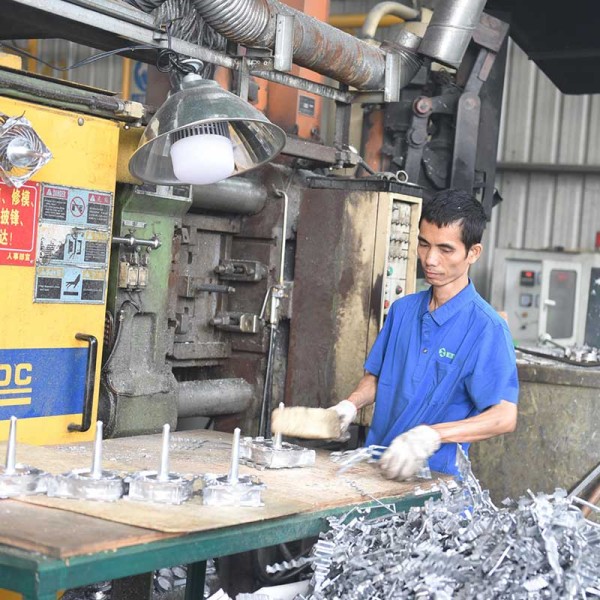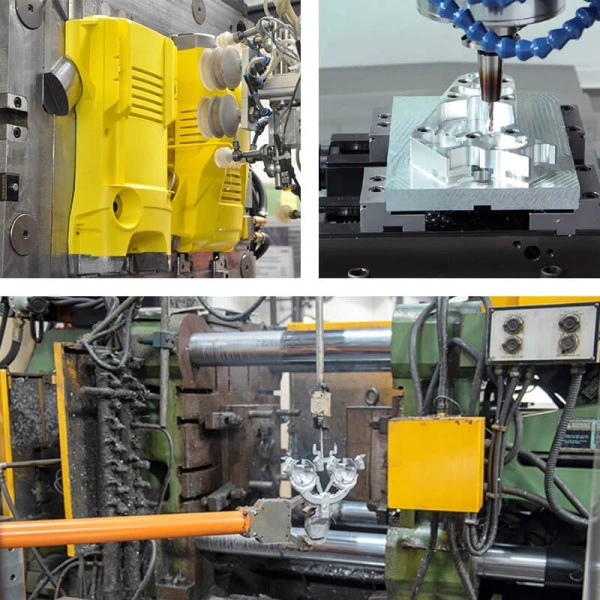In the die-cast aluminum industry, customers often require that, after aluminum die casting, the products undergo electroplating surface treatment. Then the question arises: are die-cast aluminum products suitable for electroplating? Let’s discuss it below.
Regarding the above question, the answer is yes. Die-cast aluminum alloys can be electroplated. However, appropriate pretreatment and the selection of a suitable electroplating method are required, and of course, this will also increase the production cost to a certain extent.
Possible Problems and Solutions
1. Surface Quality Issues
The chemical properties of aluminum alloys are relatively active, and they are prone to oxidation in the air. Moreover, there may be unevenness or microscopic defects (such as sand holes) on the surface of die castings, which may affect the electroplating process and the quality of the plating layer, resulting in a relatively high defective rate. This requires that die-cast aluminum products undergo thorough surface pretreatment before electroplating. Methods include chemical degreasing, mechanical grinding, sandblasting, or chemical etching to clean oil stains, oxide scales, burrs, etc., thus improving surface quality and increasing the electroplating yield rate.
2. Adhesion Issues
Since adhesion may be poor when die-cast aluminum parts are directly electroplated, usually an intermediate transition layer, such as copper, nickel, tin, or electroless nickel plating, will first be plated on the surface. This multi-layer electroplating method enhances bonding strength and is more suitable for products with higher decorative requirements.
3. Hydrogen Embrittlement Issues
During electroplating, “hydrogen embrittlement” often occurs — hydrogen gas is released and absorbed, causing cracking of the plating layer and reducing the strength and toughness of the product. To avoid this, special electroplating processes and post-treatment methods such as dehydrogenation and baking should be used.
4. High Cost Issues
Achieving a stable electroplating effect on die-cast aluminum parts incurs relatively high costs. The process is complex and requires multiple steps: surface treatment, electroplating, and post-treatment. In addition, high-quality electroplating materials and equipment are necessary to ensure quality, further increasing the cost.
Conclusion
In conclusion, for die-cast aluminum products, if appearance requirements are not very high and only corrosion resistance, conductivity, or other properties are needed, electroplating can be chosen. If the appearance requirements are higher, then issues such as surface quality, hydrogen embrittlement, and cost must be carefully considered. Before electroplating, sufficient evaluation and testing should be carried out, and suitable processes and materials selected to ensure the quality and performance of the products. Shine-Choose provides professional aluminum die casting solutions with customizable surface treatments to meet diverse customer needs.


